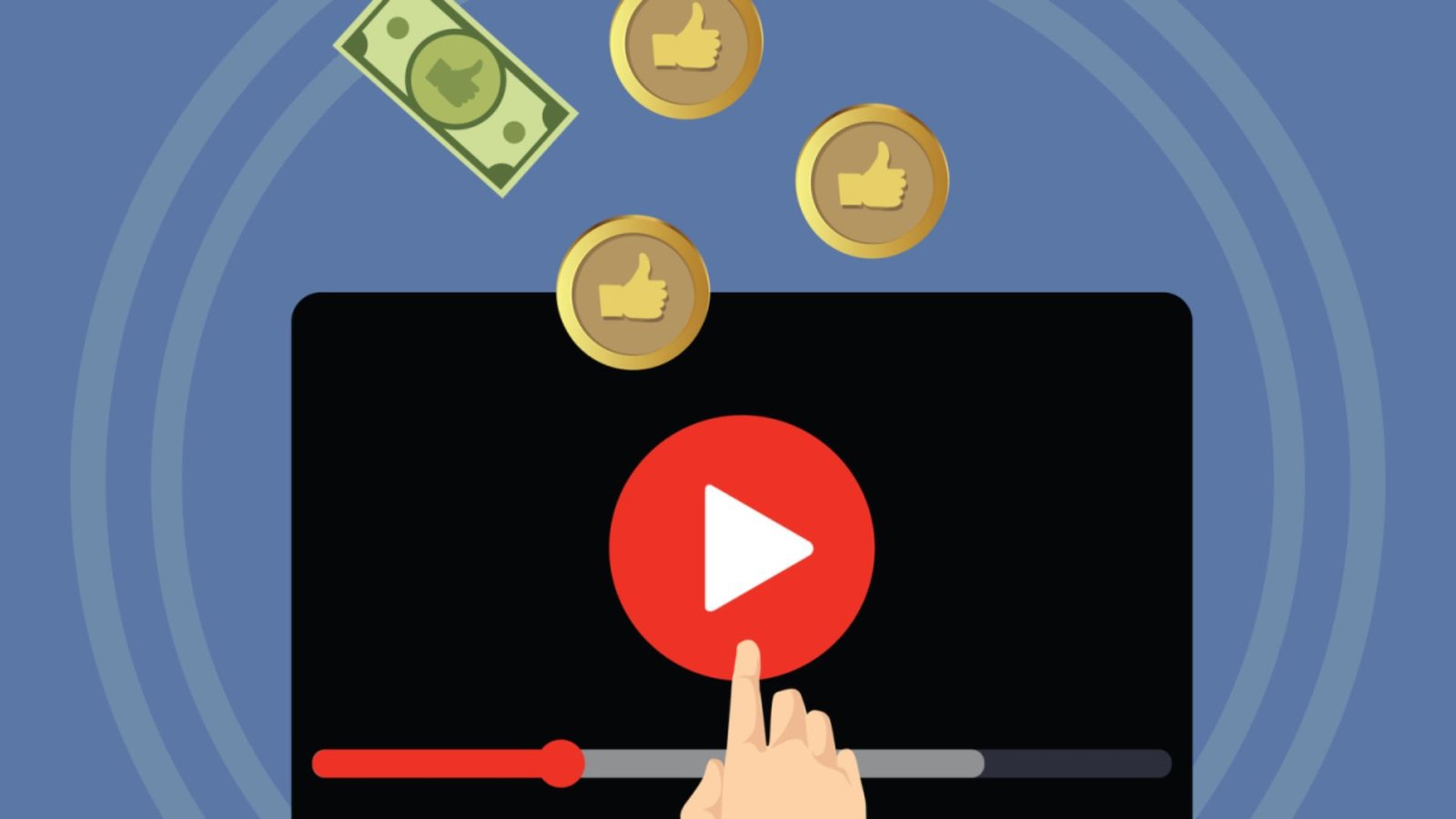Social media has transformed the way we communicate, share information, and connect with one another. From its humble beginnings with platforms like Friendster to the dynamic and fast-paced environment of TikTok, the evolution of social media reflects broader changes in technology and culture. In this article, we’ll explore the key milestones in this evolution and how they shaped the digital landscape we navigate today.
The Birth of Social Networking
The concept of social networking began in the early 2000s with the launch of platforms like Friendster in 2002. Friendster allowed users to create profiles, connect with friends, and share content, laying the groundwork for future social media sites. Although Friendster faced technical issues and competition, its model inspired subsequent platforms.
The Rise of MySpace and Facebook
Following Friendster’s success, MySpace emerged as the leading social networking site, allowing users to customize profiles with music, videos, and blogs. It became a cultural phenomenon, especially among musicians and young people. However, the launch of Facebook in 2004 marked a turning point. Initially limited to college students, Facebook’s user-friendly interface and focus on real identity helped it gain rapid popularity, eventually eclipsing MySpace.
The Birth of Microblogging and Visual Sharing
In 2006, Twitter introduced the concept of microblogging, allowing users to share short messages (tweets) with their followers. This format appealed to users seeking quick updates and real-time communication, especially during events like natural disasters and political movements. Around the same time, YouTube (founded in 2005) revolutionized video sharing, allowing users to upload and share videos, which led to the rise of video content creators and influencers.

The Visual Revolution: Instagram and Snapchat
The launch of Instagram in 2010 brought a focus on photo sharing and aesthetic appeal. Its user-friendly interface and emphasis on visual storytelling attracted millions of users. Shortly after, Snapchat entered the scene, introducing the concept of ephemeral content with self-destructing messages and stories. These platforms catered to a younger demographic and changed how users engaged with content.
The Emergence of Influencer Culture
As social media grew, so did the concept of influencers—individuals who leveraged their online presence to promote products and lifestyles. Platforms like Instagram and YouTube created a new economy centered around influencer marketing, reshaping advertising strategies for brands and companies. Influencers became key players in social media, shaping trends and consumer behavior.
The TikTok Phenomenon
In 2016, TikTok launched, quickly gaining traction for its short-form video content and creative features. TikTok allows users to create engaging videos set to music, encouraging creativity and viral challenges. Its algorithm promotes content discovery, making it easier for users to go viral regardless of their follower count. TikTok’s rapid growth has influenced trends across social media, further emphasizing the importance of video content.
The Future of Social Media
As we look to the future, social media continues to evolve with emerging technologies such as virtual reality (VR), augmented reality (AR), and artificial intelligence (AI). Platforms are focusing on enhancing user experiences, privacy, and content moderation to adapt to changing user expectations. Additionally, trends like live streaming and niche communities are expected to shape the next phase of social networking.
Conclusion
From Friendster to TikTok, the evolution of social media has transformed the way we connect, share, and consume content. As platforms continue to innovate and adapt, the landscape of social media will undoubtedly keep evolving, influencing how we communicate and interact in the digital age. Embracing these changes can lead to exciting opportunities for connection and creativity in an ever-connected world.











